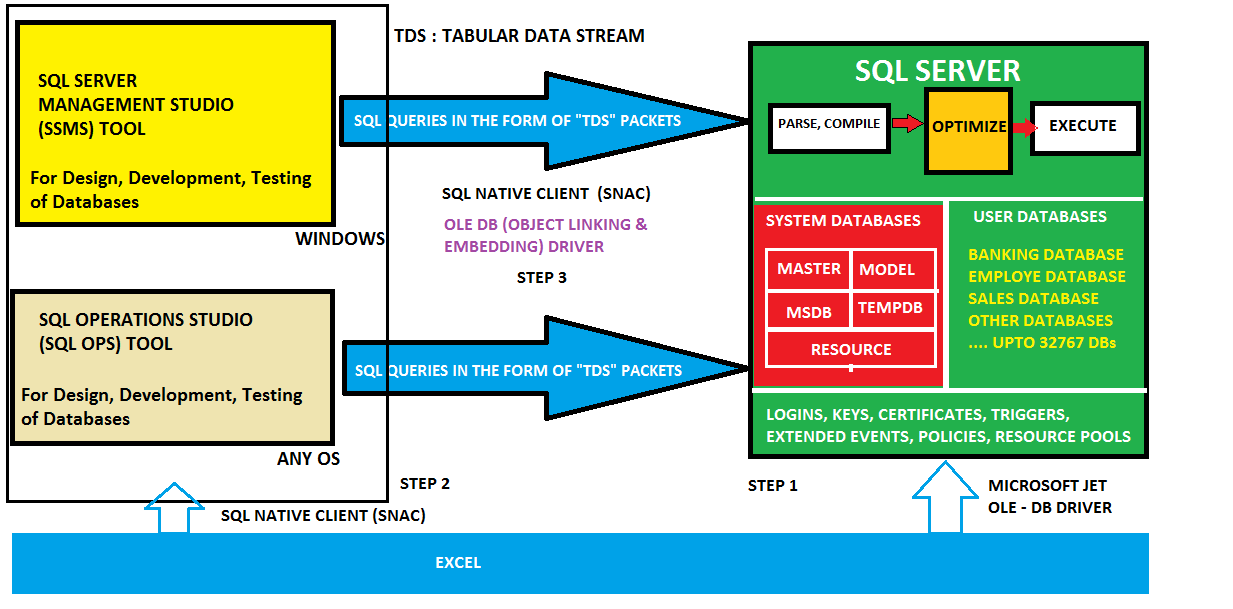
- #SQL SERVER CLIENT SERVER HOW TO#
- #SQL SERVER CLIENT SERVER 64 BIT#
- #SQL SERVER CLIENT SERVER UPDATE#
#SQL SERVER CLIENT SERVER 64 BIT#
When I tried my 64 bit alias GPOSQLAlias64 it failed (expected behavior). You can see the connections below resolve properly. If the values were the same for both the 32 and 64 bit alias as briefly mentioned in step 1, it wouldn't matter. Here I am using SSMS which is a 32 bit process, so I need to pass the 32 bit alias.
#SQL SERVER CLIENT SERVER UPDATE#


Below you can see an example I used for my machine that differentiates alias' for 32 and 64 bit processes (for your environment you’ll likely want them to be the same but I separated them to show proof of concept). Now that we got that out of the way, let's get started! The FQDN of the node I am trying to create an Alias for is , and is running a named instance of SQL called "PUBDIS".I used a domain admin account for this process.In my lab there is only one DC, so replication isn't in consideration.SQL Server editions tested are SQL 2017 and SQL 2012.However before we get started, here are some things to keep in mind:ġ) We strongly suggest trying this in a test environment before pushing to productionĢ) Relevant system/environmental information for this repro: I figured this would be be great walk-through to broadcast to a larger audience. I successfully reproduced this in my lab and confirmed the same process worked for the customer in question. The desired result was to have users be able to connect to using a simple CNAME that could easily be changed in the future, if needed.
#SQL SERVER CLIENT SERVER HOW TO#
This week I had an interesting question proposed by a customer on how to implement a group policy that would generate the proper SQL Server alias records on all machines in the domain.


 0 kommentar(er)
0 kommentar(er)
